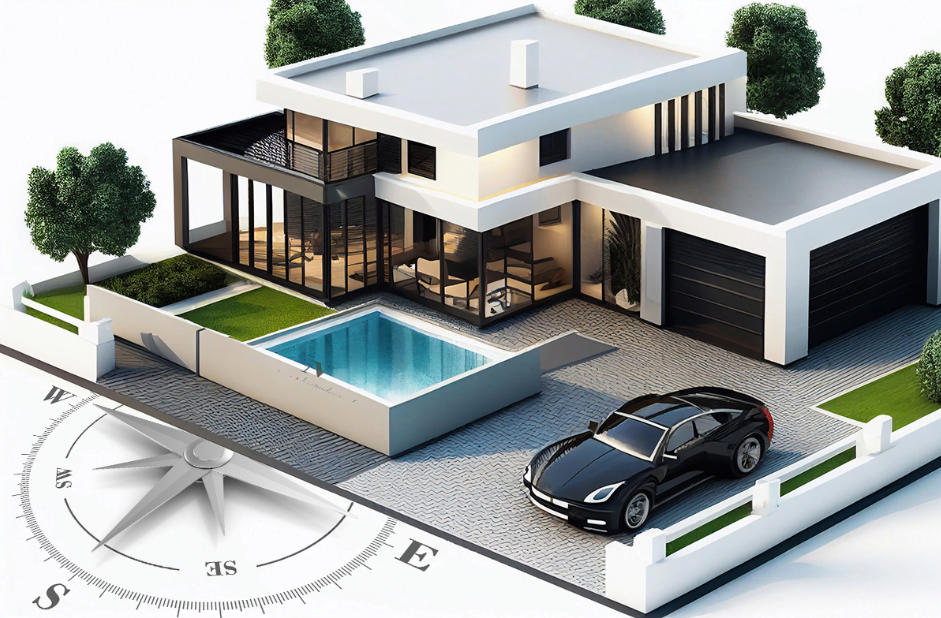Here are some signs of what buying a bad house looks like:
Difficulty reselling: Due to its condition or location, potentially resulting in a loss of investment or price discounting at the point of re-sale.
Paying too much: When negotiating with a real estate agent you must remember your up against a professional that negotiates prices daily. Getting emotionally caught up in the process is an agent’s strategy in getting you to pay more than market value.
Structural Issues: Foundation problems, such as cracks, settling, or uneven floors. Roof leaks or structural damage that requires costly repairs or replacement. Faulty or outdated electrical and plumbing systems that need significant updates.
Water Damage: Signs of water damage, such as water stains, mold, or a musty odor, indicating potential plumbing or roof issues.
Poor Water Drainage: Drainage around the property that leads to flooding or subfloor water infiltration.
Excessive Renovation Costs: A house that requires extensive renovations and updates that go beyond your budget and skill level. Hidden costs associated with repairs and renovations that were not initially apparent.
Inadequate Renovations: If the house has undergone renovations or additions that were poorly executed or not up to code, it can result in costly remediation work to bring the property into compliance.
Pest Infestations: Evidence of pests like termites, rodents, or insects that can cause damage to the structure and require costly extermination and repairs.
Inadequate Insulation or Energy Efficiency: A poorly insulated or energy-inefficient house can result in high utility bills and discomfort for the occupants.








